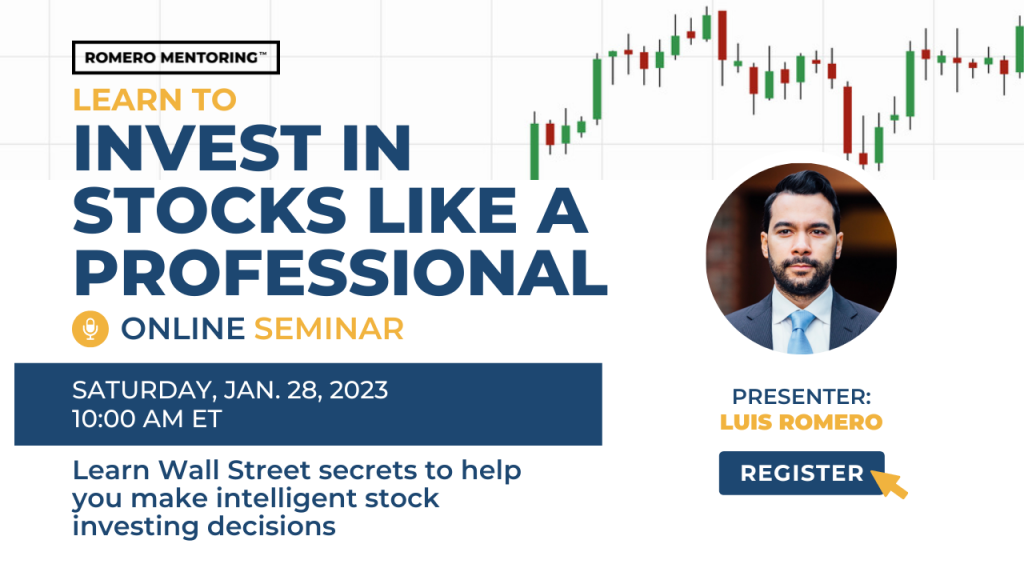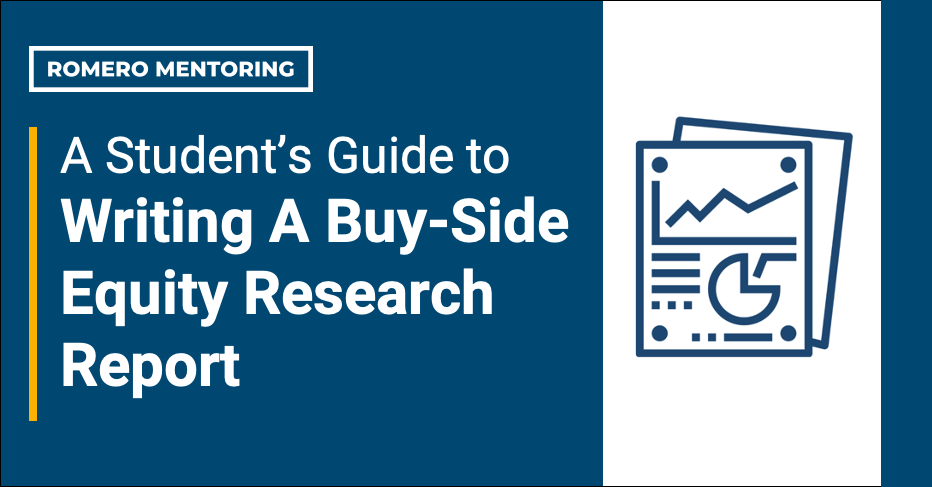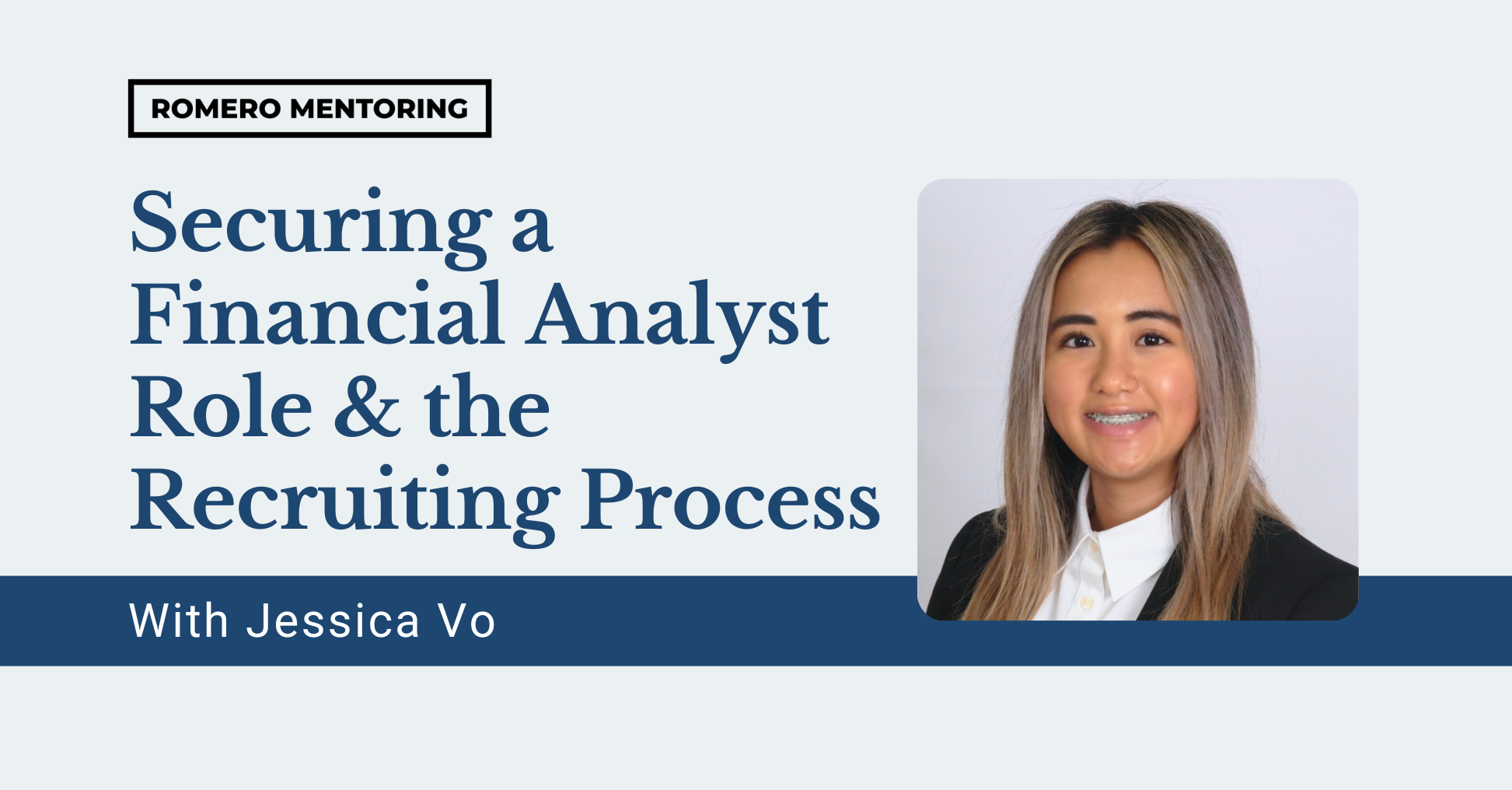A career in finance can take on many different forms — from investment banking to equity research. Equity researchers conduct detailed analyses in order to offer well-supported investment recommendations. Their analyses are then compiled into what is referred to as an equity research report. These reports differ on the sell-side and buy-side, but they do have some overlaps. This guide will break down the key components and formats to help you successfully craft your own equity research report.

What is an equity research report? What is the purpose of a research report?
An equity research report is a document prepared by an analyst that gives an overview of a business, including the industry it operates in, its management team, its financial performance, risks, and its target price. The purpose of a research report is to provide a recommendation on whether investors should buy, hold, or sell shares of a public company.
What’s the difference between a buy-side and sell-side equity research report?
Sell-side reports are the most common type of equity research report. They are typically produced by investment banks for their clients to help guide investment decisions. Sell-side analysts issue the often-heard recommendations of “buy,” “hold,” “neutral,” or “sell” to help clients with their investment decisions. This is favorable for the brokerage firm as each time a client decides to trade the brokerage firm gets a commission on the transaction.
Buy-side reports are internal reports, produced for the bank itself, and are guided by differing perspectives and motivations. Buy-side analysts determine how promising an investment seems and how well it fits with the fund’s investment strategy. These recommendations are made exclusively for the benefit of the fund that employs them and are not available to anyone outside the fund.
What information should be included within your equity research report?
- Recommendation – Typically to buy, sell, or hold shares in the company. This section also usually includes a target price (i.e., $47.00 in the next 12 months).
- Company Update – New releases, quarterly or annual results, major contracts, management changes, or any other recent or important information about the company.
- Investment Thesis – A summary of why the analyst believes the stock will over or underperform and what will cause it to reach the share price target included in the recommendation. This is probably the most interesting part of the report.
- Financial Information & Valuation – A forecast of the company’s income statement, balance sheet, cash flow, and valuation. This section is often an output from a financial model built in Excel.
- Risk & Disclaimers – An overview of the risks associated with investing in the stock. This is usually a laundry list of all conceivable risks, thus making it feel like a legal disclaimer. The reports also have extensive disclaimers in addition to the risk section.
What information is needed for the industry pages?
- Competitive Rivalry – This looks at the number and strength of competitors. How many rivals does the company have? Who are they, and how does the quality of their products and services compare?
- Supplier Power – This is determined by how easy it is for suppliers to increase their prices. How many potential suppliers does the company have? How unique is the product or service that it provides, and how expensive would it be to switch from one supplier to another?
- Buyer Power – Here, you ask how easy it is for buyers to drive prices down. How many buyers are there, and how big are their orders? How much would it cost them to switch from the company’s products and services to those of a rival? Are buyers strong enough to dictate terms?
- Threat of Substitution – This refers to the likelihood of customers finding a different way to do what the company offers.
- Threat of New Entry – The company’s position can be affected by how easy it is for a new company to enter the industry. How much would it cost, and how tightly is the industry regulated?
How to create and forecast a financial model.
- Gather the company’s most recent 10-K and 10-Q SEC filings.
- For all three financial statements, copy and paste the line items that can be forecasted.
- Make income statement projections based on margins as a percentage of revenue.
- Create a depreciation schedule to account for the reduction of PP&E and intangible assets over time.
- Calculate working capital assumptions.
- Forecast current assets and liabilities on the balance sheet.
- Adjust net change in cash and cash equivalents (CCE) with the cash flow statement.
- Reconcile the cash flow statement with the balance sheet.
- Compute the dividend payout ratio if the company offers a dividend.
- Create the shares repurchase schedule if the company has a share buyback program.
- Construct the debt schedule.
- Calculate interest income and interest expense from the debt schedule.
- Run multiple scenarios – Wall Street Case, Bear Case, Bull Case.
- Sanity check your assumptions.
How many pages should your equity research report contain?
An equity research report should not be more than 10 to 15 pages long. Aim to be both concise and cohesive.
What kind of disclaimer should be included?
It is important for the report to have certain disclaimers to show that the analyst writing the report isn’t biased. Some typical disclaimers are as follows:
- Every ER report entirely reflects the views and personal opinions of the analyst as on the date of publication.
- The equity research analyst does not have an interest in the shares of the company.
- Compensation of the analyst is not linked directly to any specific research recommendations contained in the report.
- Financial analysts or equity research analysts working in brokerage firms or sell-side analysts write equity research reports.
Conclusion
With all these points in mind, you are now ready to write your own equity research report. Select a public company, use this guide as a reference, and see what results from your analysis. Congratulations in advance on completing your research report!
Romero Mentoring’s Analyst Prep Program

In just 15-weeks, you can become a world-class finance professional. The Romero Mentoring Analyst Prep Program is an all-inclusive internship, mentorship, and training experience like no other. Learn the in-depth principles of finance and apply what you learn through an extensive internship led by a finance professional with over 12 years of experience. Learn more here.
The Analyst Prep Program teaches the technical and practical skills that investment banks, hedge funds, and private equity & consulting firms look for in a candidate. Students begin with little to no technical skills and develop into fully prepared professionals who can perform as first-year analysts from day one.
About Romero Mentoring
Since 2016, Romero Mentoring investment banking training programs have been delivering career mentoring to job seekers, professionals, and college students pursuing careers in finance. We’ve helped over 400 students start their careers on Wall Street through our Analyst Prep and Associate Investment Banking Training Programs. Our graduates work at top-bulge bracket banks and consulting firms, including Goldman Sachs, JP Morgan, McKinsey, and many more.
References:
- https://www.financewalk.com/equity-research-report/
- https://corporatefinanceinstitute.com/resources/knowledge/valuation/equity-research-report/#:~:text=What%20is%20an%20Equity%20Research,distributes%20that%20research%20to%20clients.
- https://quickbooks.intuit.com/r/marketing/market-research-tips-how-to-conduct-an-industry-analysis/





